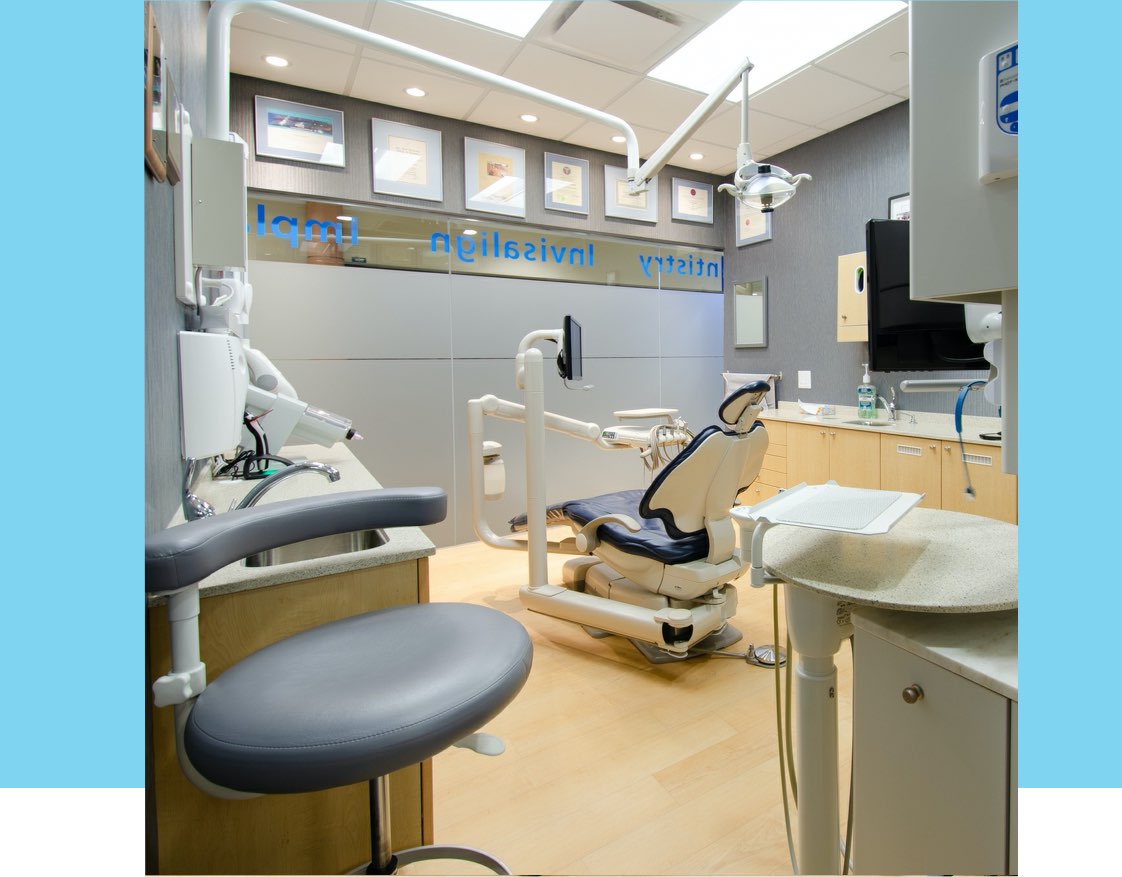Bentall Dental Centre
Dental Technology

The Benefits of Dental Technology
Improved Oral Health Care
Improving oral health for Canadians is an important goal all dentists share. New technology can help improve the techniques for prevention, diagnosis, and treatment in dentistry.
Reduced Costs
Although acquiring the latest dental technology can require dental offices to spend a great deal of money upfront, there are also reduced patient costs associated with new technology. For example, patients may not have to replace restorations as often when they are designed and manufactured with new technology.
Reduced Chair Time
Dental technology can increase efficiency, leading to patients spending less time overall in a dental chair. Patients benefit from spending less time at the dental clinic and more time enjoying their usual activities, and dentists are able to see more patients.
Reduced Patient Anxiety
Anxiety surrounding dental processes and procedures can make the dental experience very uncomfortable. This may prevent people from visiting a dentist on a regular basis or receiving the treatments they need. New tools tend to be less invasive, reducing patient anxiety and making dental services more accessible.
Intraoral Cameras
Laser Dentistry
Velscope
iTero Scanner
iTero Digital Scanner
The iTero scanner is an advanced intraoral scanner that is used to create 3D images of your teeth. It captures an accurate image of your teeth and the surrounding structures and picks up problems that are not visible to the eye, such as internally fractured teeth, dental caries and periodontal disease. As a patient, you are able to view these images during your appointment and discuss treatment options with your dentist.
Laser Dentistry
A painless, drill-free variety of procedures that improve healing times, reduce appointment times, and require less anaesthetic.
Laser dentistry uses laser technology in the treatment of various dental conditions. Dental lasers use a small, concentrated beam of light to affect various parts of the mouth. Lasers are less invasive than traditional tools used for the removal of tissue, such as drills and scalpels.
Dental Laser Treatments
Laser procedures are used in many types of dental work. In most cases, lasers are used for cutting or reshaping the hard and soft tissue of the mouth. Dentists offering restorative or cosmetic procedures may use lasers in their dental practices.
Teeth Whitening
Teeth whitening provided in a dental clinic may require the use of a laser light to activate the bleach that it applies to the teeth. The laser causes the bleach to react quickly, whitening the teeth in a short period of time.
Velscope
The VELscope VX Enhanced Oral Assessment System uses natural tissue fluorescence to detect mucosal abnormalities in the mouth that cannot be seen with the naked eye. In particular, it can be used to detect oral cancer.
What is a VELscope?
The VELscope provides dentists with full visualization of oral mucosal abnormalities, including oral cancers. The technology can reveal issues that can’t be seen under normal white light.
Although very useful, a VELscope is a very simple tool. A bright blue light is shone into the mouth, and the refracted wavelengths can indicate abnormalities. Typically, the healthy soft tissue in the mouth absorbs the light, whereas unhealthy areas will stand out.
Detecting Oral Cancer
Early detection of oral cancer can make all the difference. Oral cancer responds better to treatment when it is in the early stages, which can mean life or death for patients.
VELscope technology is designed to show cancerous and precancerous changes to the soft tissue of the mouth using fluorescence. It can often detect cancer in the early stages, which may increase a patient’s chances of survival.
Intraoral Camera
Intraoral cameras are digital imaging tools used by dentists to create images of the teeth and mouth. The cameras are small enough to fit comfortably into the mouth on the tip of an intraoral wand that can be moved over and around the teeth.
How Intraoral Scanners Work
Intraoral (inside the mouth) cameras take high-resolution images of the teeth and mouth using a small camera. In most cases, after the images are captured, an imaging software (such as computer-aided design or computer-aided manufacturing (CAD/CAM) applications) is used to piece hundreds of images together to create a digital 3D model of the intraoral cavity.
We can use the cameras (also sometimes called scanners) for different purposes and to capture different types of images. For example, a single tooth that requires a restorative procedure could be enlarged on its own. The camera could also be used to create images of a full arch or both arches of teeth. Finally, a dentist or periodontist may use intraoral cameras to capture images of the soft tissues of the mouth, such as the gums and soft palate.